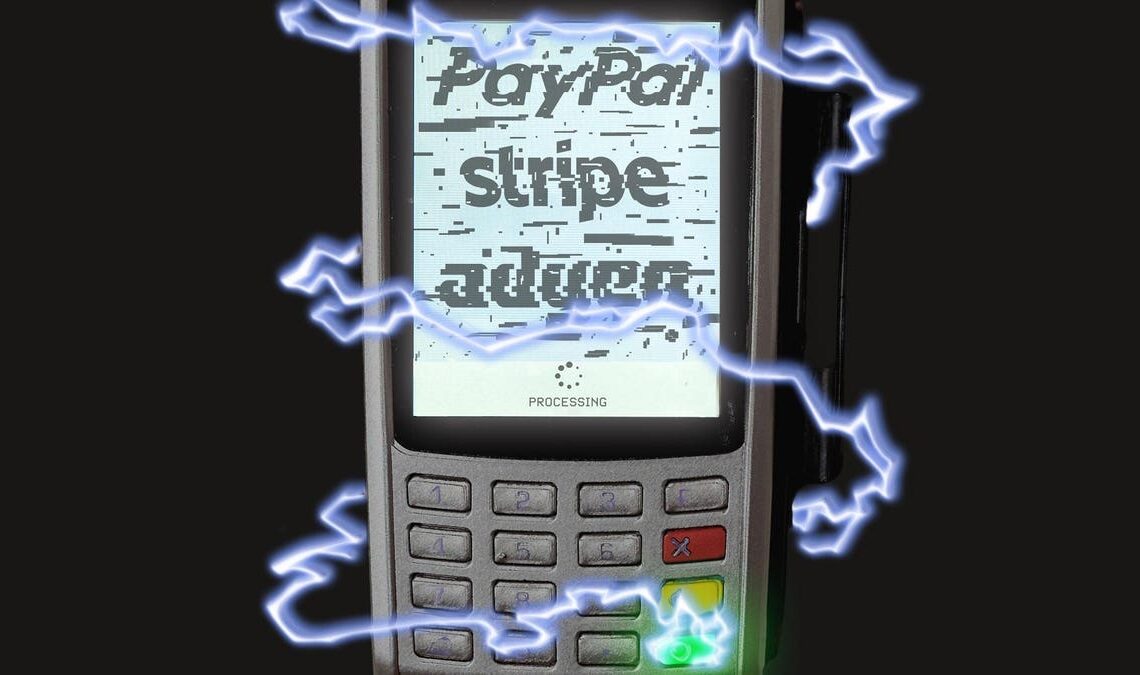Last year PayPal slashed its prices in its payment services business in an attempt to fend off Dutch giant Ayden and other encroaching competitors. The strategy is working, but at what cost?
By Emily Mason, Forbes Staff
Consumers rarely even think about who processes their payments at checkout. Whether it’s being handled in the back offices of a traditional bank like JPMorgan or by a fintech like PayPal or Stripe, it merely needs to be fast, and hassle free. However, behind the scenes there is a battle underway to control ‘buy now’ technology. Last year e-commerce sales in the U.S. alone surpassed $1 trillion, from which billions in revenues and profits flowed to dozens of firms vying to be at the center of the transactions.
Among processors PayPal, with $27.5 billion in 2022 revenues, is an industry giant. In September, its new CEO Alex Chriss, 46, took the reins, inheriting a company that has embraced a risky low price strategy, similar to Dell’s approach to selling IBM PC clones in the 1990s. Last year, the San Jose company began cutting the cost of payment services it offers under its Braintree brand, a white-label service that lets companies small and large accept debit cards, credit cards and other payment methods from consumers. Research firm MoffetNathanson estimates that Braintree revenue jumped to $8.4 billion in 2022 from $6.2 billion in 2021, making up roughly 30% of PayPal’s total net revenue. Braintree is now growing faster than other parts of PayPal and unbranded transactions, which are mostly driven by Braintree, jumped 40% in 2022. PayPal’s branded business, when consumers click on the yellow PayPal button, grew only 5% in 2022.
Support authors and subscribe to content
This is premium stuff. Subscribe to read the entire article.











